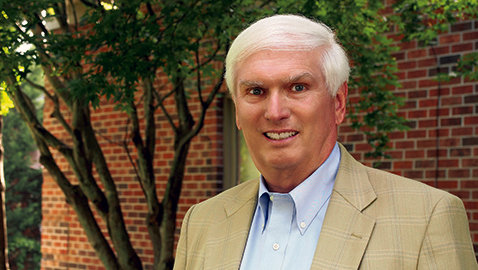By John J. Duncan Jr.
After I took the Bar Exam in July of 1973, I spent almost all my time at the Knox County Courthouse watching jury trials.
I had watched several trials in my Uncle Joe’s court in earlier years while I was in undergraduate school at UT and on recesses from law school at George Washington University.
I wanted to notice all the little things that lawyers did during trials so I could feel comfortable and do a good job for my clients when I had to go to court.
And in the 70s and 80s, during my 16 years as a lawyer and judge, there were many jury trials.
During my first year as a judge, starting in January of 1981, I tried 78 jury trials and five non-jury trials in my court alone.
Now, jury trials have almost become a thing of the past. A secretary to one of the civil court judges told me a few years ago at Wright’s Cafeteria that her judge had tried only three jury trials that year.
Civil cases went many years ago to a formal process called Mediation and jury trials became very rare.
There are a few more trials in the criminal courts, but I am told there are only about 30 to 40 jury trials a year in the three criminal courts put together.
Just after I became Judge of Division One of the Knox County Criminal Court, the Knox County delegation to the state legislature had agreed to support and had gotten preliminary approval for a fourth criminal court here.
The skids were greased until I wrote a letter with statistics showing the fourth court was not needed. Not having that fourth criminal court has saved taxpayers many millions over the last 40 years.
Now it is needed even less because of the great decrease in jury trials. Court statistics about case numbers can present a very false picture.
For example, when someone writes bad checks, they usually will write several. I once took guilty pleas from a woman who had written around two dozen bad checks.
It did not take very long to take those pleas. A judge might take many guilty pleas in a week during which another judge spent the entire week trying a jury trial in a murder case.
The statistics would show that one judge has disposed of many cases, yet he had not worked nearly as hard as the murder trial judge who did not conclude many cases.
The only meaningful statistic is days spent in jury trials, but that is a stat that you will probably never see.
Sen. Jim Inhofe (R-OK) sat by me on the Public Buildings Subcommittee when he served in the House.
We had many requests for new, expensive federal courthouses across the country, and no judges wanted to share courtrooms.
Sen. Inhofe one day said to me “You could shoot a shotgun down the hall of almost any federal courthouse at 3 p.m. on almost any day and never hit anyone.”
Judge Robert Taylor, Knoxville’s only federal judge from 1949 to 1985, made lawyers go to trial very quickly.
The day before Thanksgiving in 1973, my first full year in law practice, he appointed me to represent two brothers who had stolen a car in North Carolina and brought it across the state line.
He set the case for trial the next Monday. I filed several motions, the first of which was a Motion for Continuance.
Judge Taylor said: “Fine, Mr. Duncan, we’ll grant your motion for continuance. Mr. Marshal, lock these boys up.” The brothers decided they wanted to go ahead with their trial.
The only thing that really surprised me was that the jury stayed out for three hours before finding the boys guilty.
I appealed the case all the way to the U.S. Supreme Court, but it did no good. Judge Taylor got away with things that would not be allowed today.







